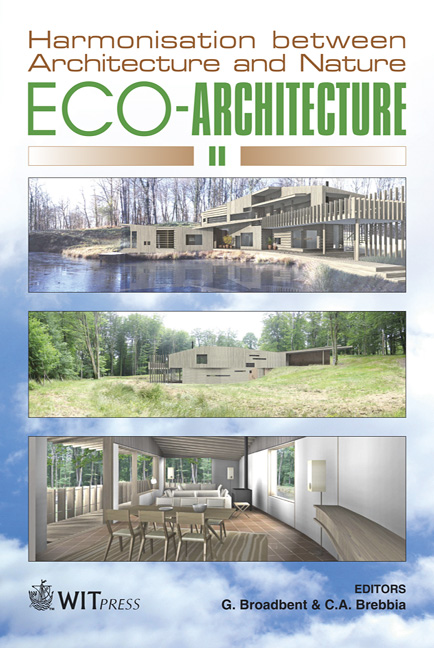Assessing Housing: Developing A Method For Neighbourhood Ecological Footprint Analysis
Price
Free (open access)
Transaction
Volume
113
Pages
10
Page Range
95 - 104
Published
2008
Size
596 kb
Paper DOI
10.2495/ARC080101
Copyright
WIT Press
Author(s)
R. E. Smith & M. Senbel
Abstract
Most large-scale ecological footprint (EF) studies provide convincing evidence to state and regional elected officials that might result in regional or state-level environmental policy. This study seeks to address a much smaller scale of environmental policy and addresses a gap in the literature. It is targeted at local decision makers of the built environment including the professional design community of planners, urban designers, and architects and seeks to influence neighbourhood design and form. During our analysis, however, the findings revealed shortcomings in the data gathering method that produced inaccuracies in EF results at this smaller scale. The project therefore shifted its focus towards developing a data gathering method for future neighbourhood scale EF evaluations. Keywords: ecological footprint, life cycle assessment, materials flow analysis. 1 Introduction Since Rees and Wackernagel’s seminal book [1] Ecological Footprint (EF) analysis has gained in popularity as an environmental impact assessment tool because of the accessibility of its technique and simplicity of interpretation. EF is an accounting method that illustrates the environmental impacts of human consumption by translating consumption into the land and marine areas required to provide resources for the consumption and absorptive capacity for the wastes associated with consumption. EF studies are diverse in scale including evaluations of nations, regions, states, cities, and even individual lifestyles [2]. The EF is calculated in global hectares (gha), which is an area measurement
Keywords
ecological footprint, life cycle assessment, materials flow analysis.





